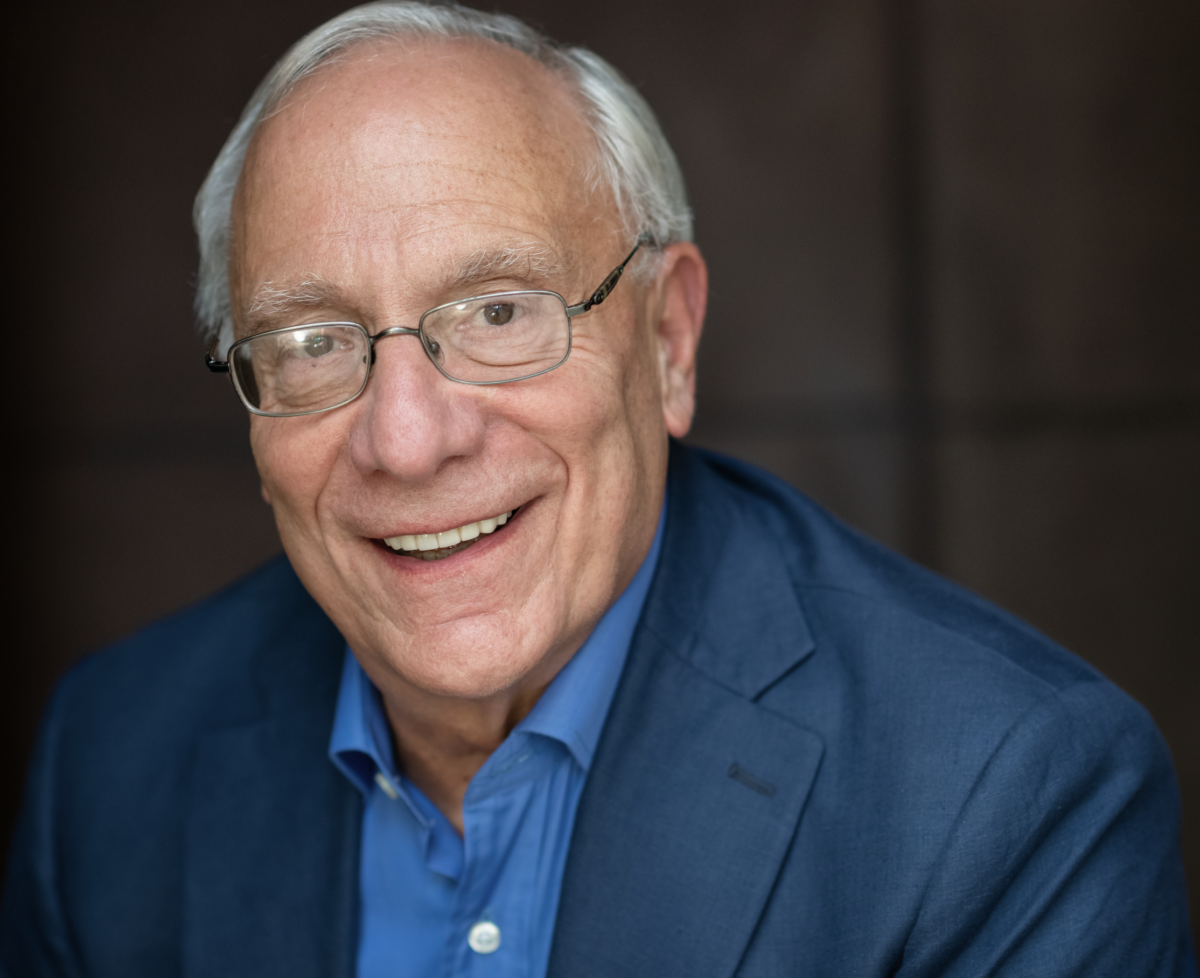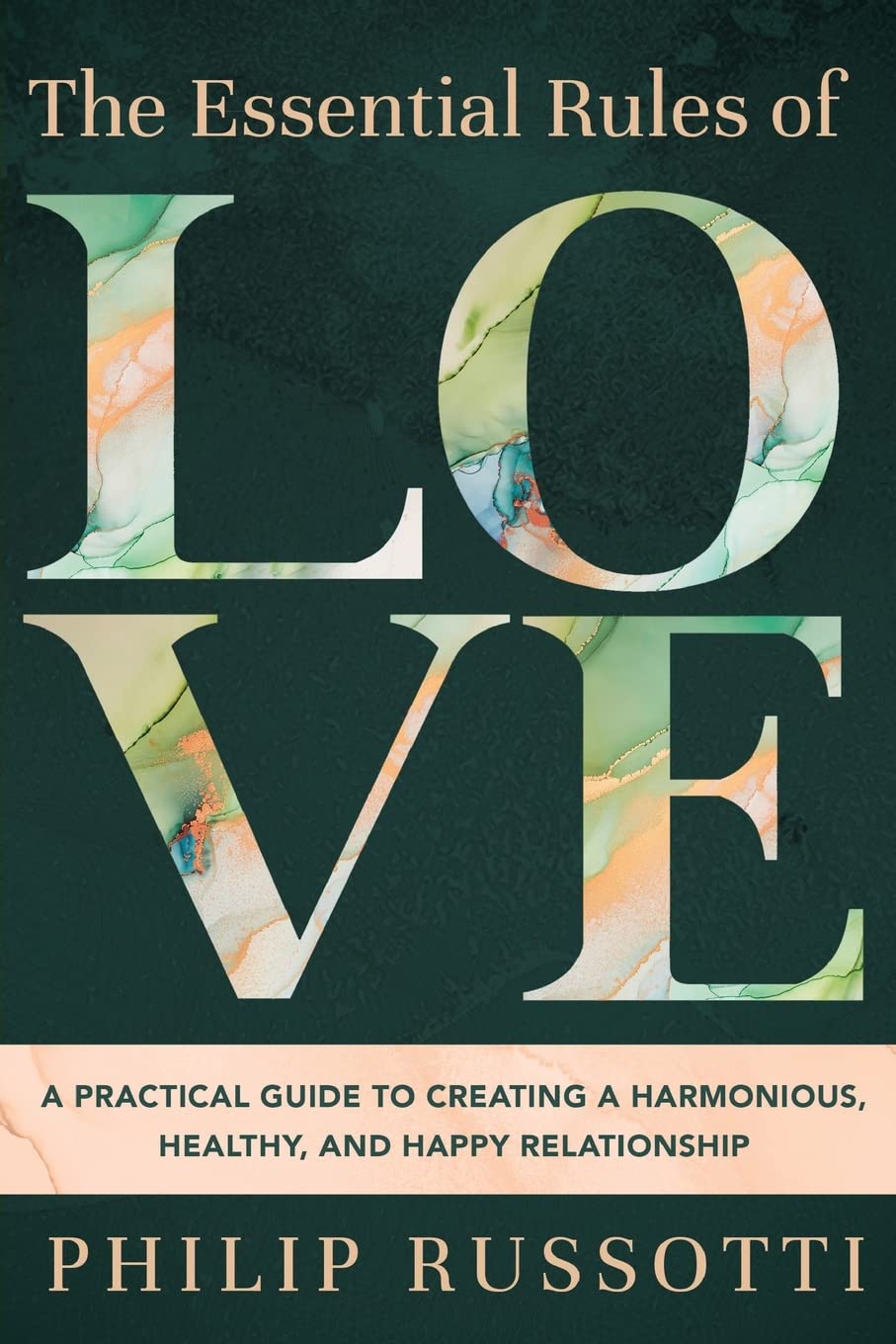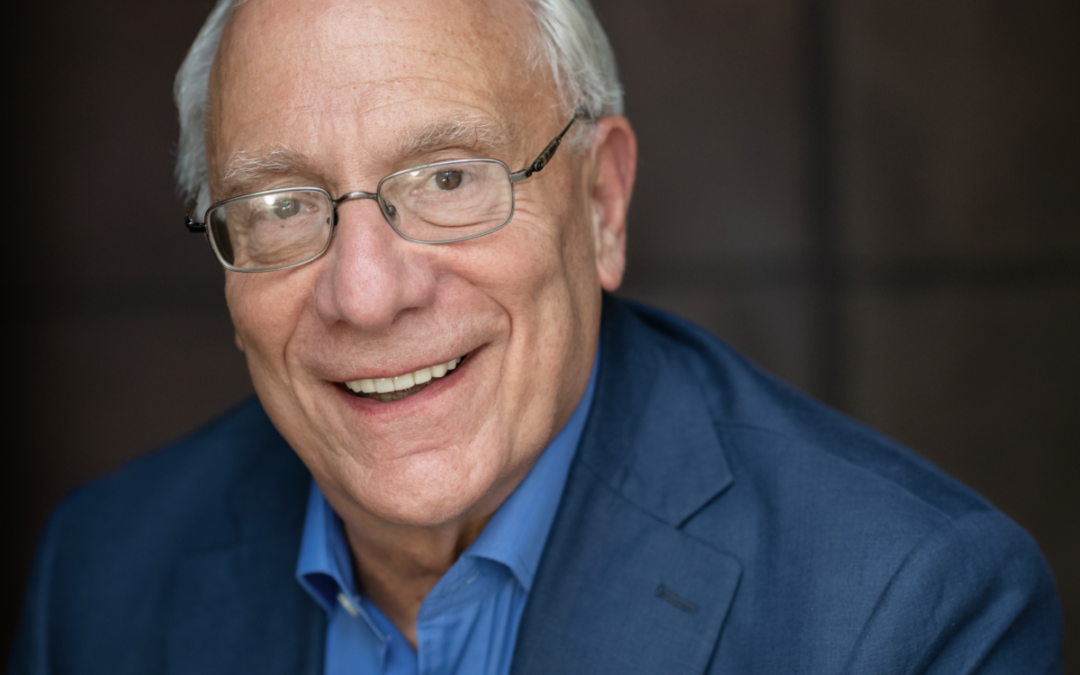
Mr. Russotti had a ten-year relationship with his late wife, Susan, that helped him discover what was needed to make a relationship work successfully, following two prior marriages that ended in divorce. His forty-year career as a distinguished trial lawyer in New York, specializing in medical malpractice cases, fostered his ability to research. After Susan passed away in 2017, Mr. Russotti applied those abilities and his life experience to the subject of love and relationships to write this book. Today, Mr. Russotti is the senior partner of an eighty-person Manhattan law firm and has been named a super lawyer in New York every year since the award was created. The New York Law Journal named him to the New York Medical Malpractice Hall of Fame in 2014.

The Essential Rules of Love distills love and relationships into their component parts, including psychological, chemical, neuroscientific, and evolutionary factors from both a functional and pragmatic approach. Musical and literary references sprinkled throughout add a flavor not often seen in books of this genre.
The book begins with an examination of what love really is-so we can keep it once we’ve found it. Each chapter explores the process of love and scrutinizes the basic influences on the development, creation, and maintenance of a strong, positive relationship. You’ll learn the emotional and psychological benefits of having a loving partnership and learn to navigate the pitfalls surrounding sex. This book also provides easy-to-understand guidelines, concrete advice, and a road map on how to put the underlying philosophical, scientific, and psychological principles into action, crystallized into ten “Do’s and Dont’s” for quick reference.
Finally, The Essential Rules of Love explores love and death and shows how and why the strength of a powerful bond survives death. It is hard to imagine love after the death of a partner or spouse, but the lessons in this book provide the blueprint on how to achieve such a strong union.
1. What do you consider to be one of the most important messages in The Essential Rules of Love?
The implicit message throughout the book, conveyed through the story of Susan’s and my relationship, is that it is never too late to find true love and a happy, healthy and harmonious relationship. This was my third marriage and interestingly, Erich Fromm, famed psychoanalyst and author who I cite, was also married three times. So, the book is impliedly a message of hope and positivity.
One of the most explicit messages throughout the book is that a strong, loving relationship must be based on respect, trust, and communication. If you treat your partner with respect, you will always act fairly toward them. If you trust each other, you will be able to let your guard down and tell your partner exactly what you are thinking and feeling without fear of recrimination and they will no doubt recognize the genuineness of your feelings. Finally, if you communicate clearly and openly you can solve any problems, if you want to solve them.
2. As a writer, what is the greatest challenge you face?
The greatest challenge in writing a non-fiction book is to make your story interesting while still being absolutely true to the facts. It is easy to embellish your story to make it more compelling or gripping but you run the risk of turning your story into fiction. A related challenge is to recall your story exactly as it occurred, blemishes and all. It is easy to fall into the trap of revisionary history to change details you may feel are not flattering. But that erodes the intellectual honesty of your non-fiction writing.
3. Your book captures both sides of love, discussing it not only through an emotional lens, but also a scientific one. What did your writing process look like in order to get this balance?
My writing process started by telling our story and reliving what we had achieved. I then began reading about relationships and love to see what psychiatrists and psychologists had to say about the topic. That lead me to start thinking about the underpinnings of what they said, and I branched out into other scientific disciplines to explore what went on in the brain when people fell in love, which involved chemistry. That soon lead to neurologic and neuroscientific research to dig deeper into brain function and the source of emotions and feelings. In doing that I discovered the evolutionary biologists who examined the evolutionary basis for mate selection and strategies for mate retention in the face of female/female and male/male competition. I then took all this knowledge and examined our relationship to see how we compared to what all the experts said worked and why. I was surprised to realize that Susan and I actually engaged in many of the activities and conduct which the experts suggested to help create and maintain solid, loving relationships.
I then took all this information, analyzed it and organized it in what I thought was the most logical manner by compartmentalizing the different aspects of the subject matter. I started by defining what love is, then looked at the benefits of being in love. Next, how the process of falling in love and staying in love works, and the difficulties in finding and keeping love. Then I undertook an examination of sex and love, a fundamental topic in any relationship. I followed this by analyzing the science and explaining what goes on inside the mind when people were in love and the difference between emotions and feelings as related to love. I then wrote two chapters with step-by-step guidance on what to do and what Susan and I did to achieve in our relationship. The book culminates in the 10 Do’s and Don’ts—a handy reference guide that serves as a reminder of what to do and not to do. Finally, I concluded with a chapter that you wouldn’t typically find in a relationship book, namely the relationship between love and death and what happens when one partner dies
I interspersed throughout the book examples of all these principles expressed in popular music, literature, poetry, and stories of real people. I used this information to demonstrate that we are all innately attuned to these issues, in order to comfort the reader that what we feel and think during the process of falling in love and developing a relationship are shared by everyone and that the goal we seek is attainable.
4. How would you describe your book’s ideal reader?
The ideal reader is anyone who is interested in learning about relationships and what makes them tick. This could be a mature man or woman who is currently in a relationship or entering another serious one and wants to avoid what hasn’t worked in the past by incorporating new ideas and strategies. This book is also for young couples just entering their first serious relationship who want to learn what to watch out for and how to avoid and stop problems before they develop. As the saying goes “an ounce of prevention is worth a pound of cure.”
5. Inspired by your relationship with your late wife Susan, is there any section in particular within the book that you feel she influenced more than others?
Susan’s influence in our relationship is most directly explored in Chapter 8 “How We Followed the Experts’ Advice Without Knowing It” and the 10 Do’s and Don’ts. There I set out much of what we did together and individually; how we dealt with each other and our respective children; what types of activities we did together that helped bond our relationship; how we communicated openly and honestly with each other; how Susan cooked as an expression of love for our blended family, which solidified her role as my wife and mother of all the kids; and how we enjoyed “savoring,” i.e. speaking to each other about what we had accomplished in our relationship and what we were doing for each other. All of this further cemented our commitment to one other and made our relationship as strong as it could be. Her influence can be seen and felt in all of these areas.

